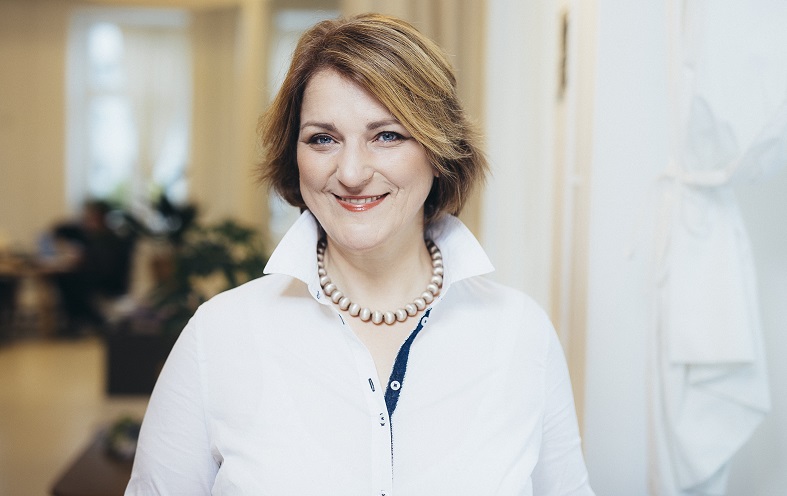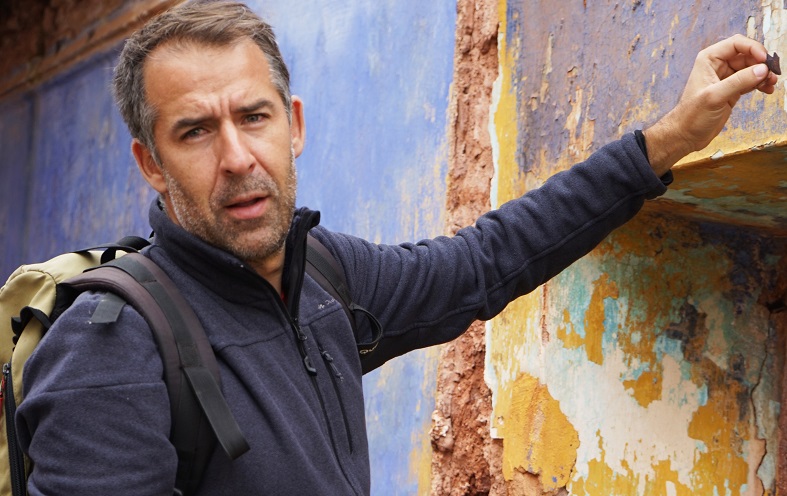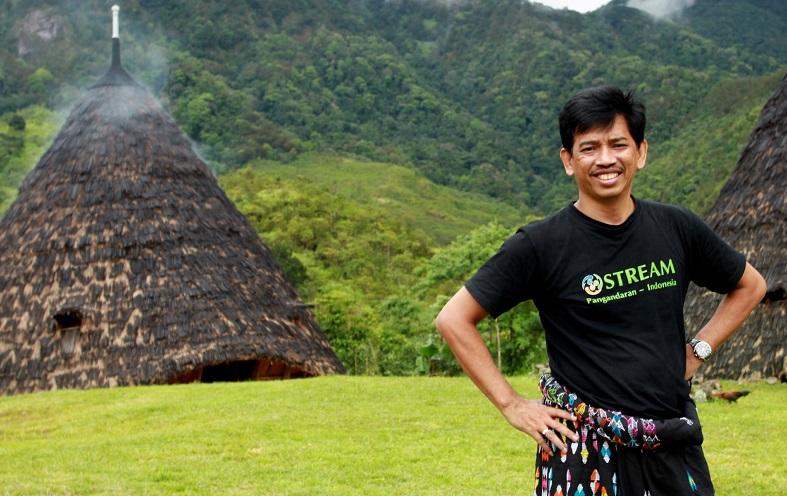
Karmen Mentil, Director of Alpine Pearls, a network of sustainable destinations in the European Alps, in this interview shares her experience of developing, managing and marketing sustainable tourist destinations. She also reflects on current tourism sustainability challenges, benefits and trends.
Karmen, sustainability is now a key topic for most destinations, but it wasn’t always that way. Do you remember the first time you heard or thought about “sustainable tourism”?
During my time as a student (Tourism Management, Krems, Austria), around 1996. I was inspired by the idea of “making tourism green.” I took up the specialization “sustainability in tourism” immediately, and ever since then have focused on it.
How have your views on tourism and sustainability changed over time? Which new insights have you gained through your work with Alpine Pearls?
Initially, I understood sustainability as a very encompassing topic, from CO2 and waste management to environmental protection, from social dimensions to the economic implications. And this is still the general idea, of course. Today though, as director of Alpine Pearls, I focus more on the topic of sustainable mobility within the European Alps.
As Director of Alpine Pearls, can you briefly tell us what is this initiative about?
Alpine Pearls was started in 2006, as a follow-up of European Union funding projects (Alps Mobility and Alps Mobility 2). The idea was to build a network of tourism destinations which work together for the development and marketing of “green travels” in the Alps. This includes sustainable journey logistics (arrival and departure via public transport), as well as gentle mobility at the holiday destination (walking, hiking, cycling, horses, e-mobility, etc.).
To your mind, which issues or challenges do small communities, villages and towns struggle most with, linked to tourism sustainability – for example in Austria or the wider Alps region?
Often the biggest challenge is to make tourism sustainability profitable and accessible for all stakeholders involved. This means that not only tourists must become aware of sustainability, but also hosts, service providers, decision-makers and the local population. This requires progressive and innovative collaboration between all actors, especially in small traditional Alpine regions.
Tourism is sometimes criticized for being a very fragmented industry, dominated by short-term, silo thinking and lack of collaboration across destinations, agencies and institutions. From your experience with Alpine Pearls, which are the main barriers that might prevent tourism marketing organizations from playing an active role in destination management and regional development?
The main barrier, in my opinion, is that the industry tends to regard destinations mainly as tourism spaces. But destinations represent something bigger, namely living spaces. This requires effective collaboration between different parties and also between different destinations facing the same challenges.
So, for me, the biggest challenge is to overcome the traditional thinking of separating the process. Alpine Pearls aims to place the network-thinking in the market and stress its benefits.
Michaela Reitterer in her interview highlighted the “renaissance of summer retreats” as one key trend with the potential to benefit more sustainable tourism. Do you observe that short, domestic holidays are becoming fashionable in Austria, as an alternative to long-distance vacationing?
Certainly, short, domestic holidays are regaining popularity in Austria. But, we need to be careful since this trend can also be a step backwards on the way to tourism sustainability. Shorter holidays mean more holidays throughout the year, and this means more travelling there and back, often by car.
Therefore, Alpine Pearls works on soft-mobility and aims to promote car-free and environmentally-friendly travelling to and within destinations.
“Renaissance of summer retreats”, the so-called “Sommerfrische” is a very important and growing market segment and needs special consideration in marketing and information when it comes to travelling green.
How do you engage political and business leaders in your destination sustainability work (for example in Werfenweng)?
Alpine Pearls’ network approach also applies to the local, regional level. We are trying to set up networks within each member destination. This takes place through direct communication: setting up meetings with all parties, promoting exchange concerning current and future projects – bringing together political leaders, businesses and the local population.
The village of Werfenweng has successfully set up a tourism concept of Soft-Mobility (SAMO) with the help of businesses, politics, the local destination management organization and Alpine Pearls. We always try to actively involve as many stakeholders as possible – with the measures of information, motivation and participation.
How important is a destination’s sustainability performance nowadays for its competitiveness?
In my opinion, it is very important. People increasingly become aware of sustainability issues like their carbon footprint. This has a great impact on their holiday decision-making and their word-of-mouth recommendations. Destinations that perform well in matters of sustainability can level up their reputation and image and thus strongly boost their competitiveness.
But I want to point out that sustainability must be authentic and real actions must follow. It is clearly not enough that destinations only market themselves as sustainable, without developing and realizing innovative and sustainable solutions.
Which trends or changes do you observe in the international sustainable tourism community?
As I just mentioned, a negative trend is that sustainability is becoming a marketing tool for destinations and businesses, but often no adequate actions are following. Therefore, taking sustainability seriously and putting things into practice is key.
The increasing awareness of sustainability within society and the tourism community is certainly a very positive trend. This is something we can build up on in the future.
What role does destination branding and marketing play as facilitator (or inhibitor…) of more sustainable tourism?
We need to communicate sustainability in tourism. With destination marketing and branding we are able to communicate our offers and actions. Alpine Pearls wants to support its member destinations in the process of implementing sustainability but also in marketing these actions.
The better we market sustainability, the more people become aware of it and include sustainable thinking in their travel behaviour.
Looking back at your career so far, which three bits of advice can you share with newcomers to the field of sustainable tourism consulting?
- Stay on the track with new trends, technical innovations, and new forms of communication.
- Never hold back insider information, spread know-how freely, to young and old.
- Involve stakeholders at all levels – continuously, and improve the methods for this participation.
Thank you, Karmen.
More about Alpine Pearls here or follow the network’s activities on Facebook. More about Karmen Mentil’s work as a consultant here.
Enjoyed our interview with Karmen Mentil of Alpine Pearls on sustainable mobility and responsible tourism in the European Alps? Spread the word!




